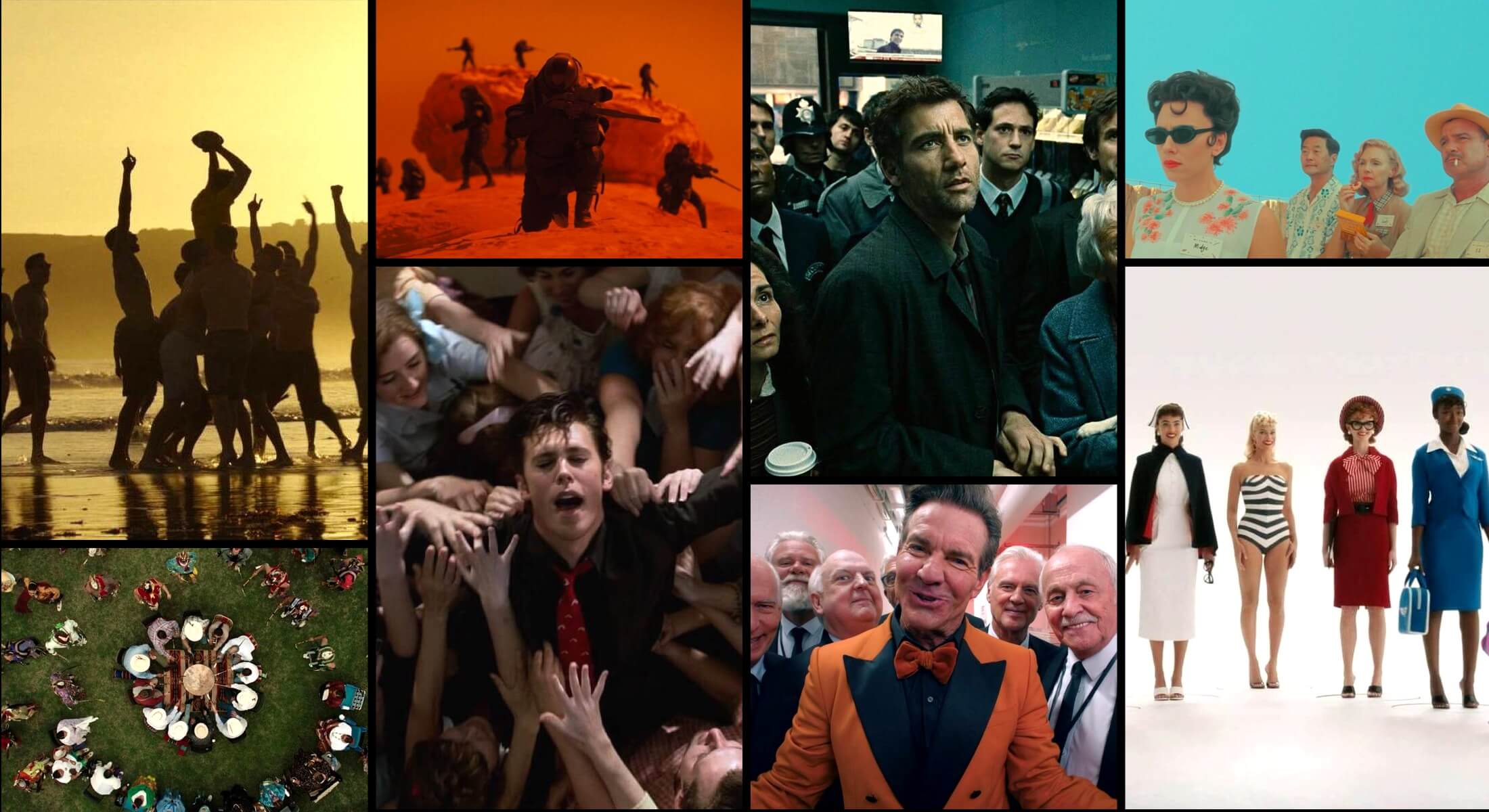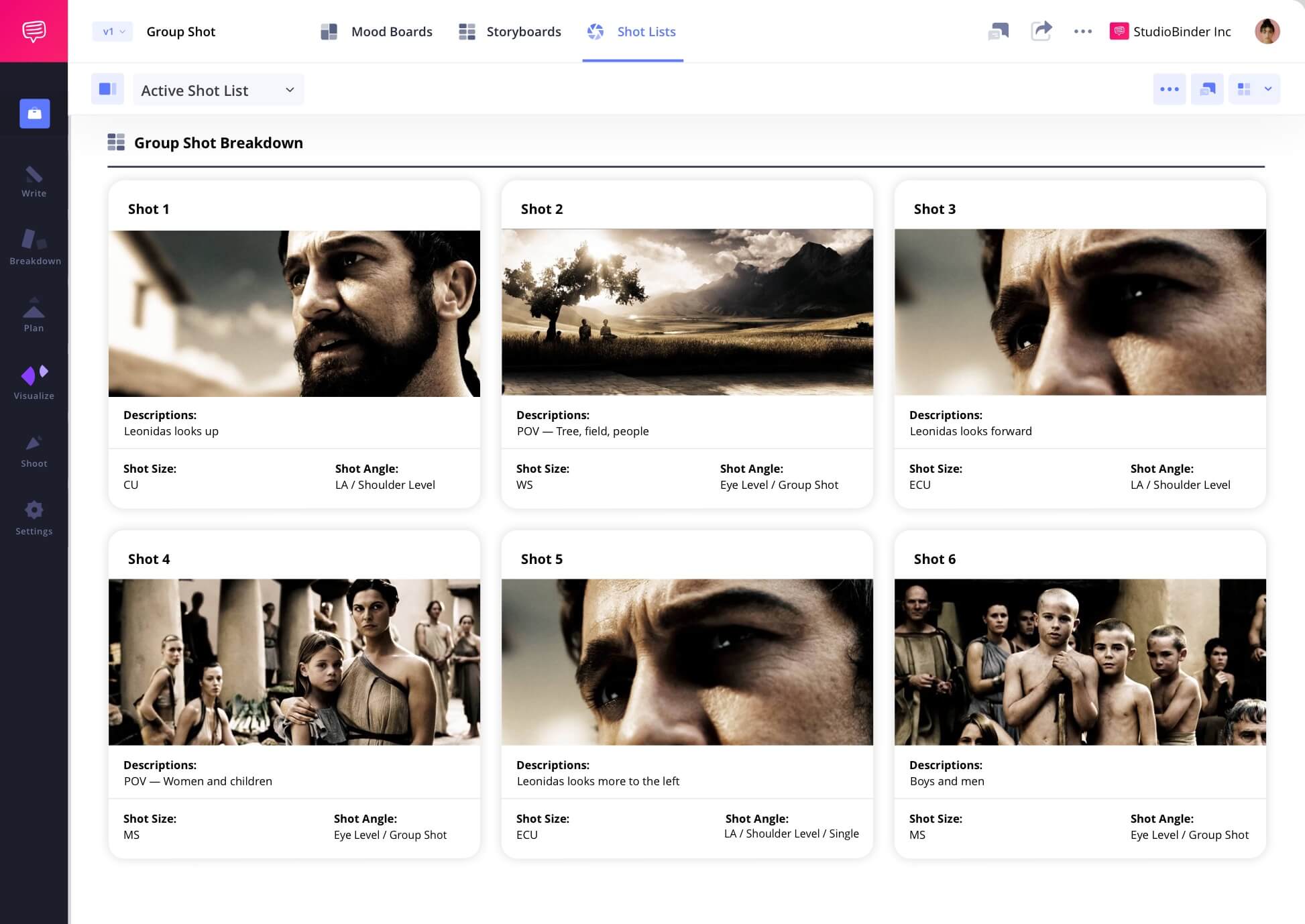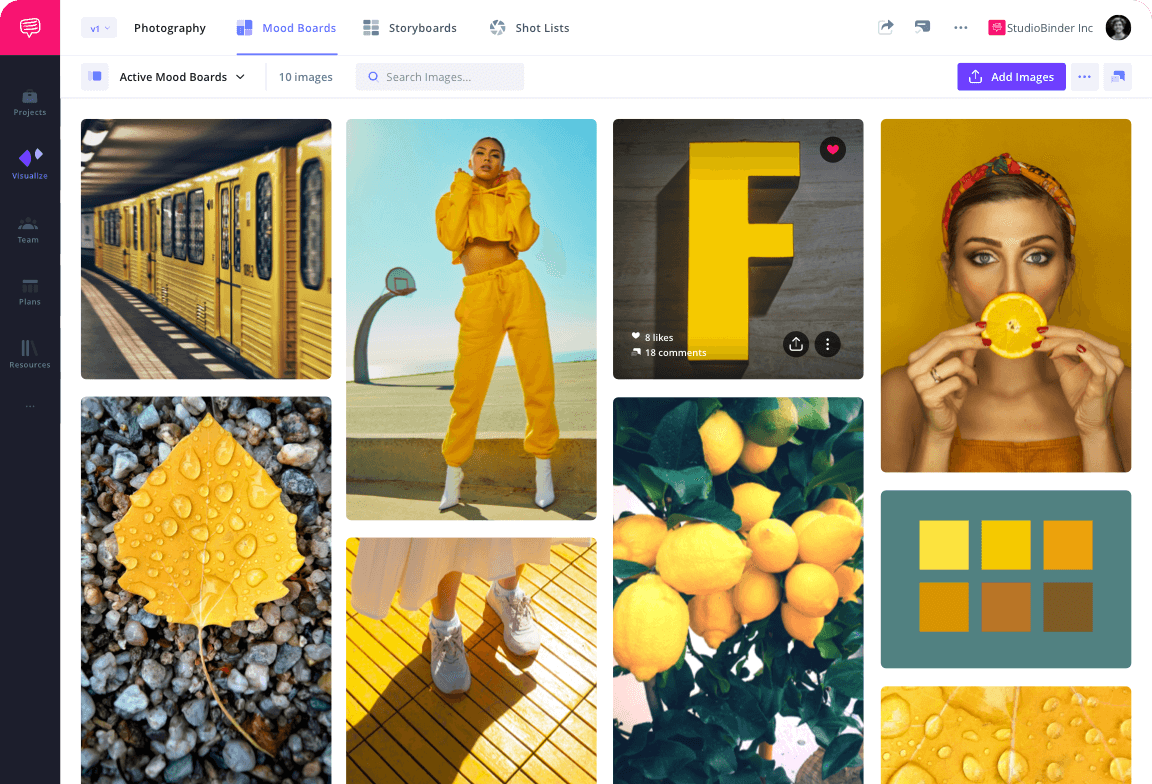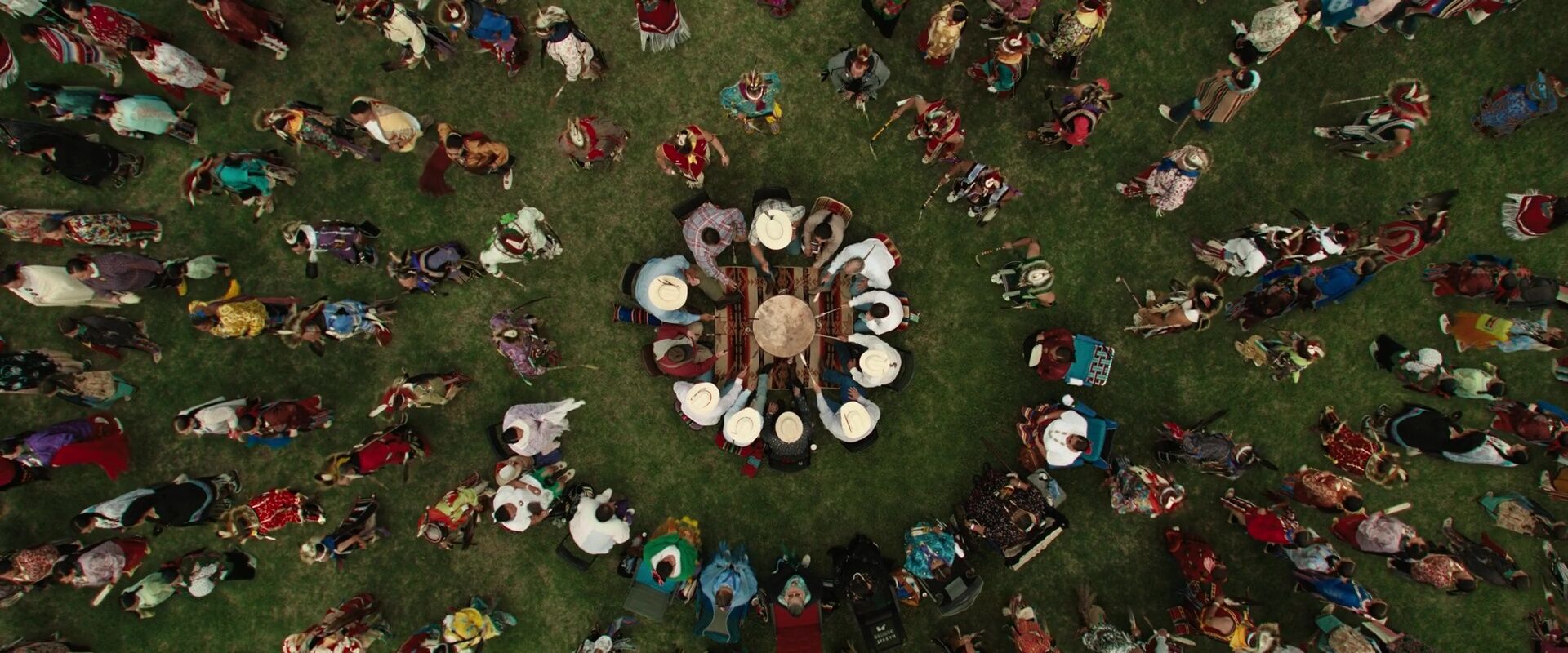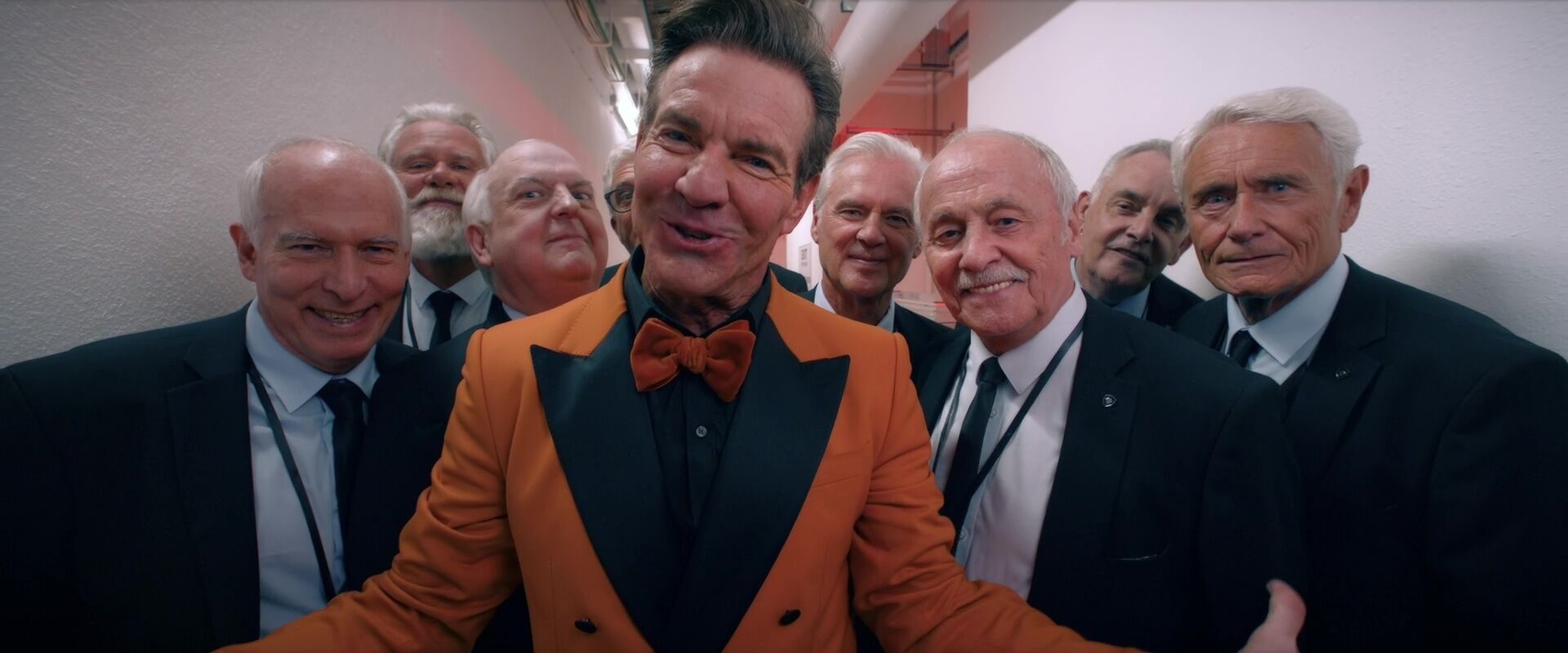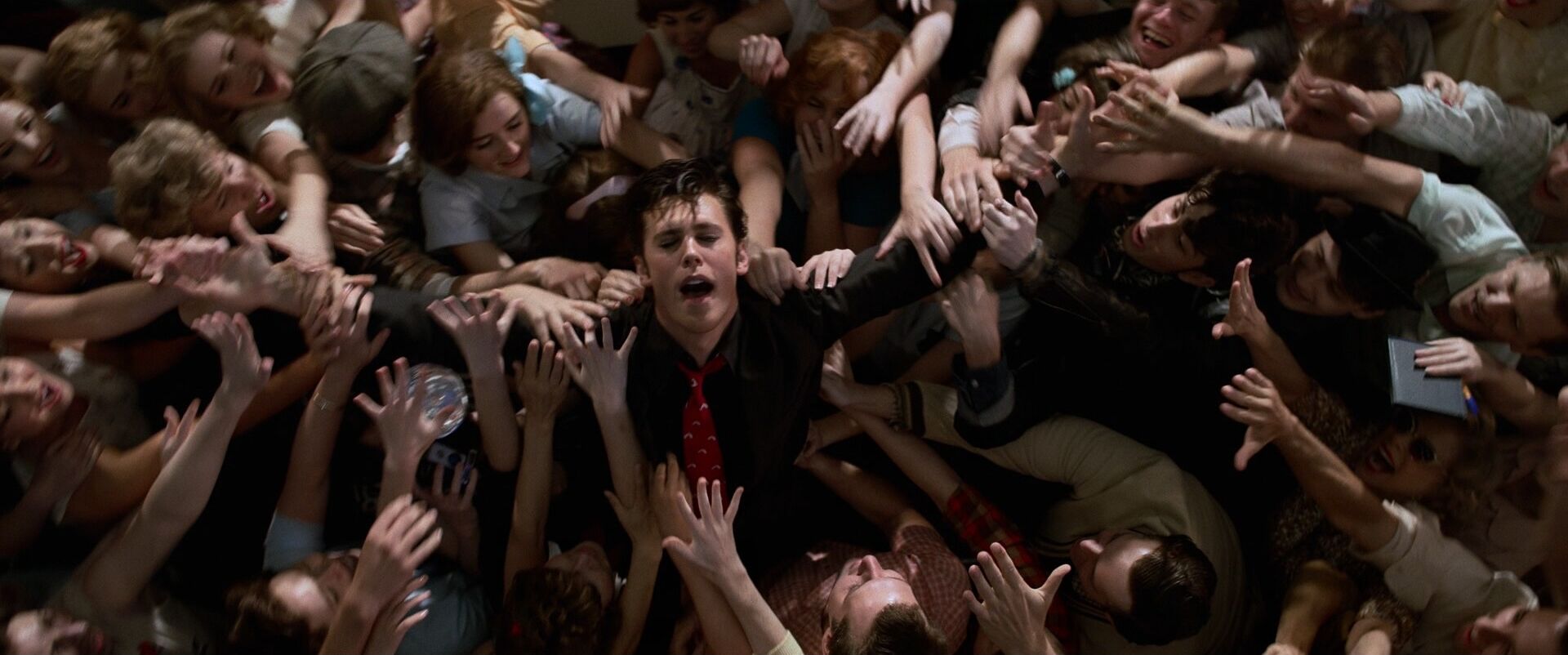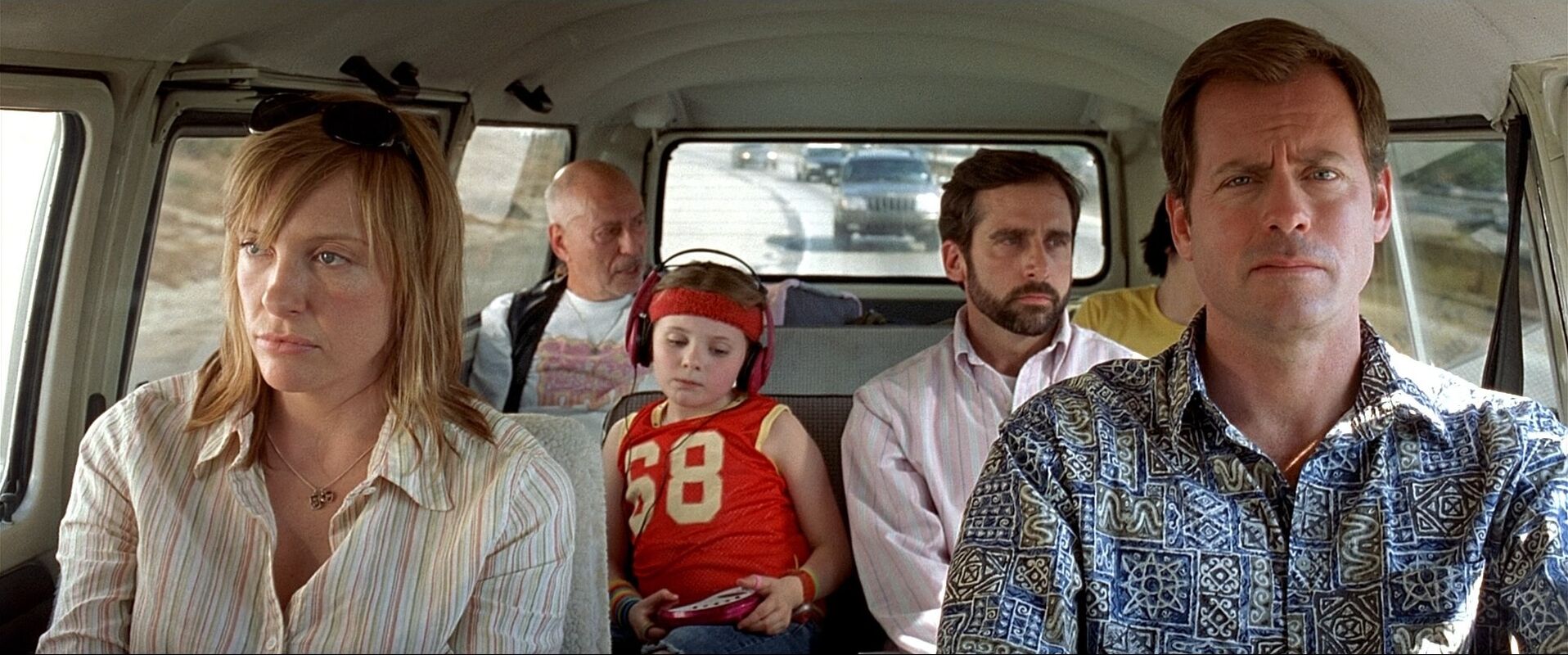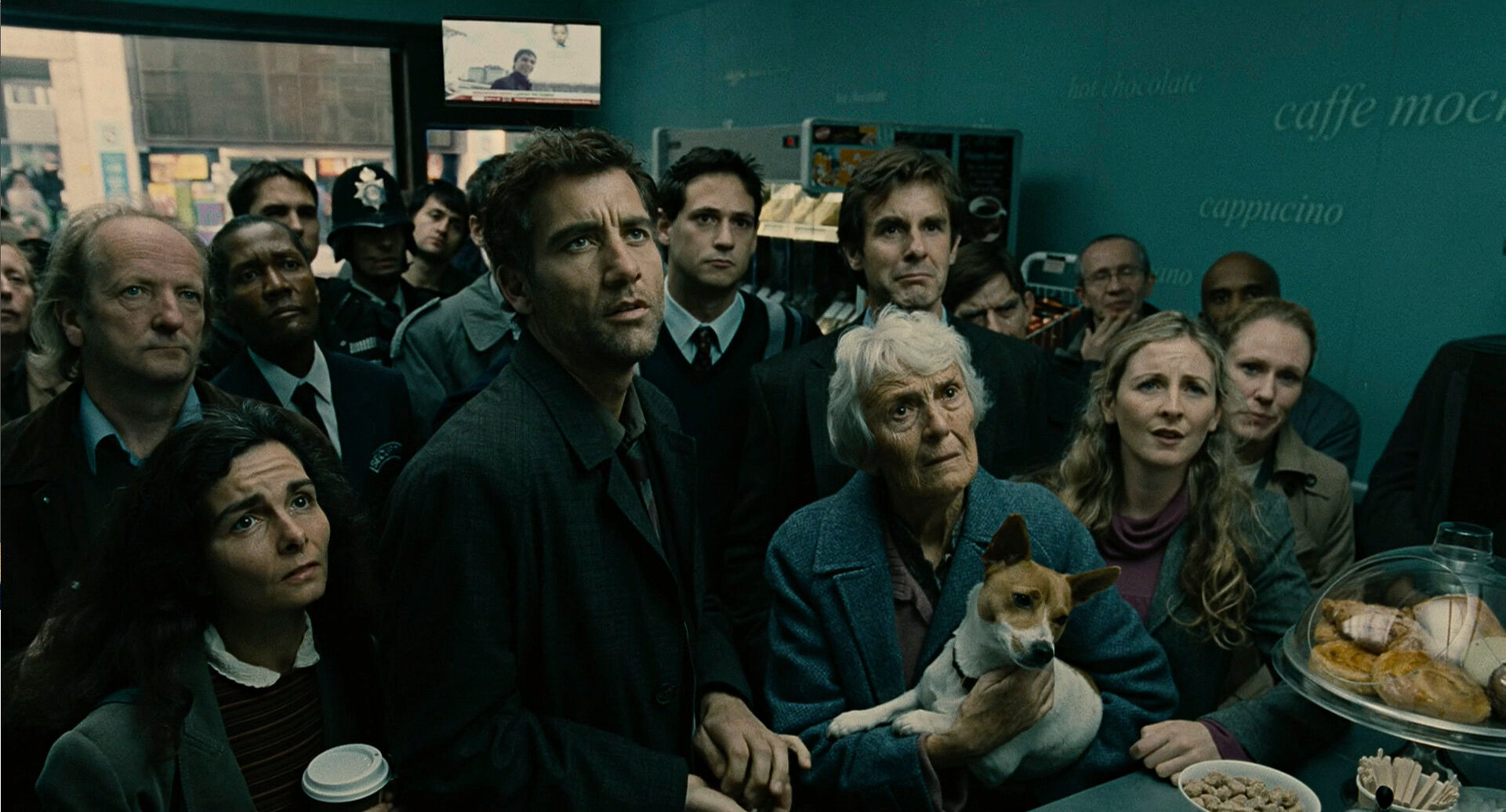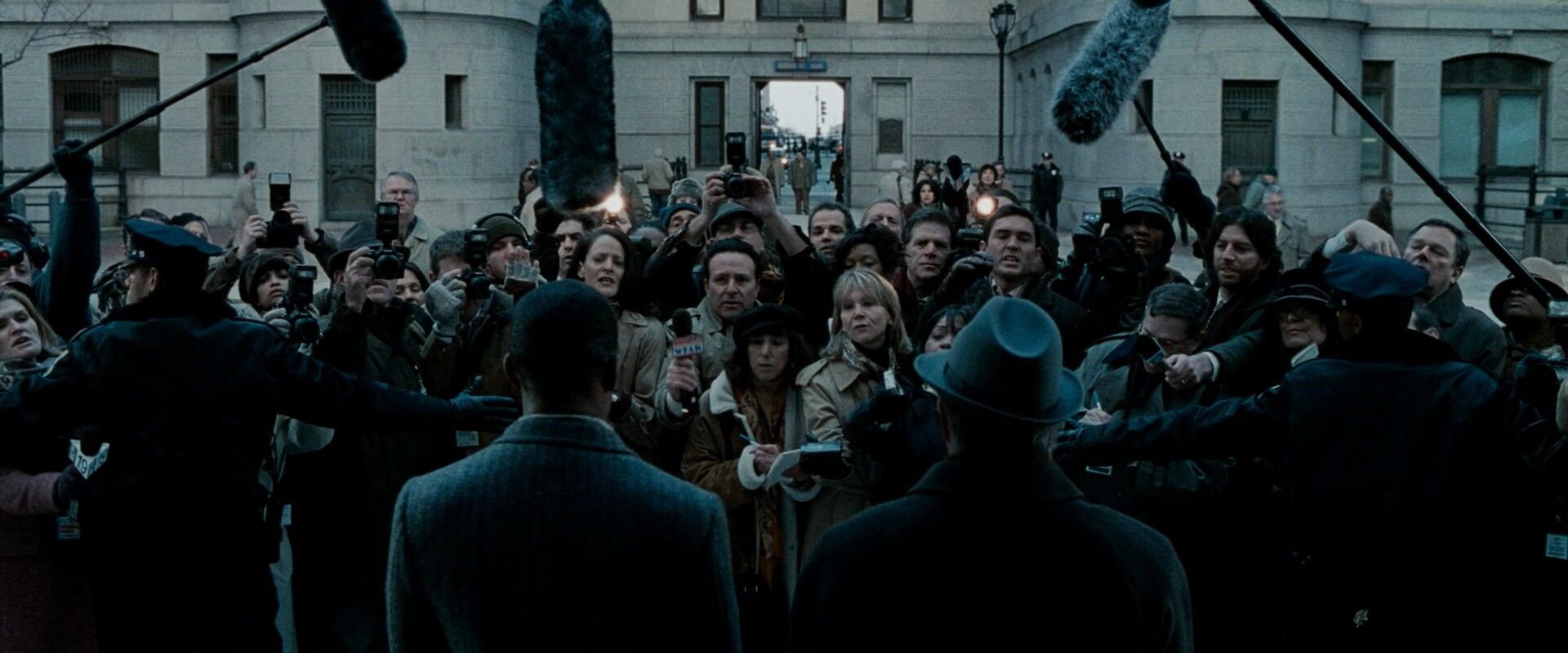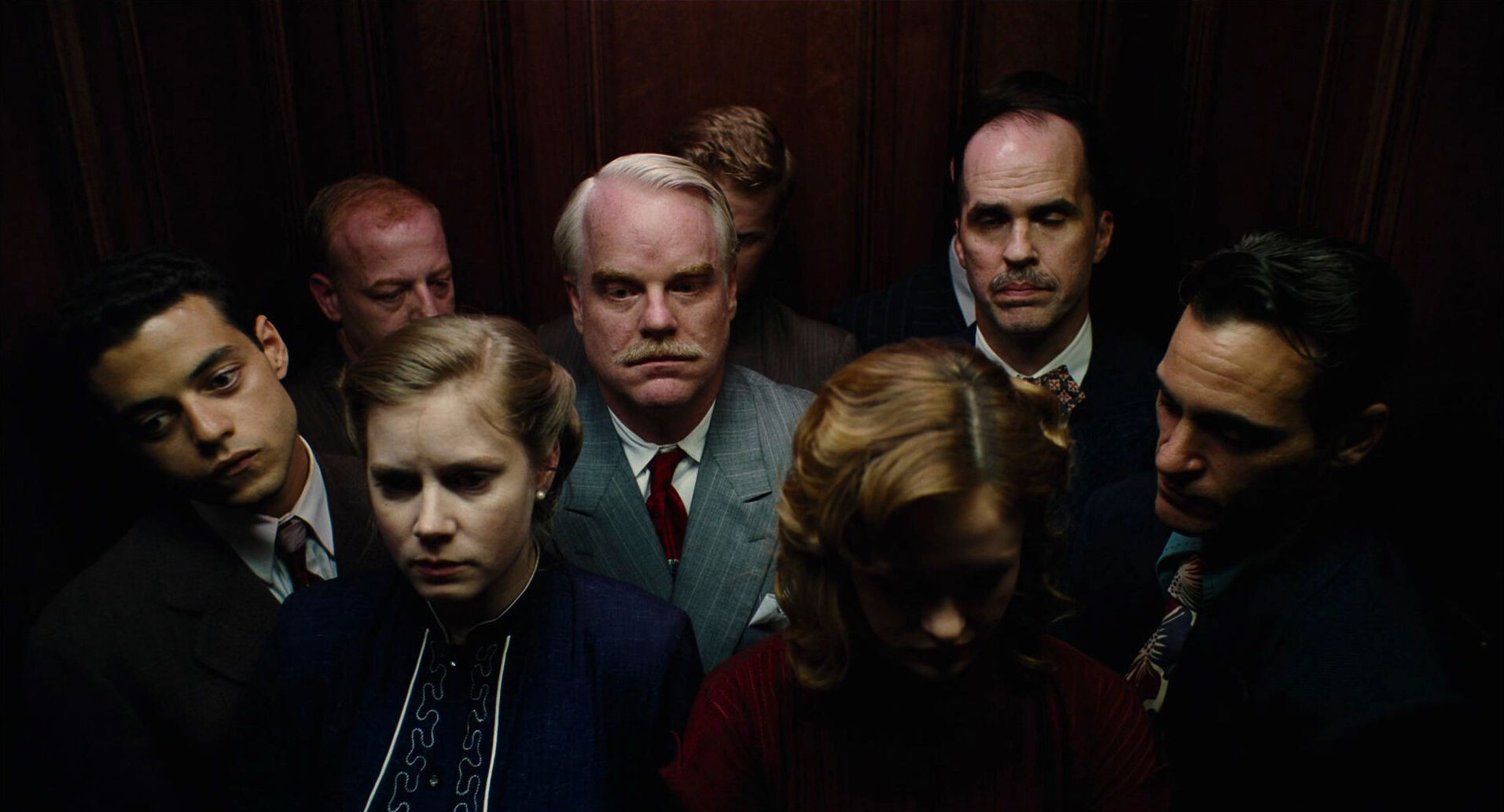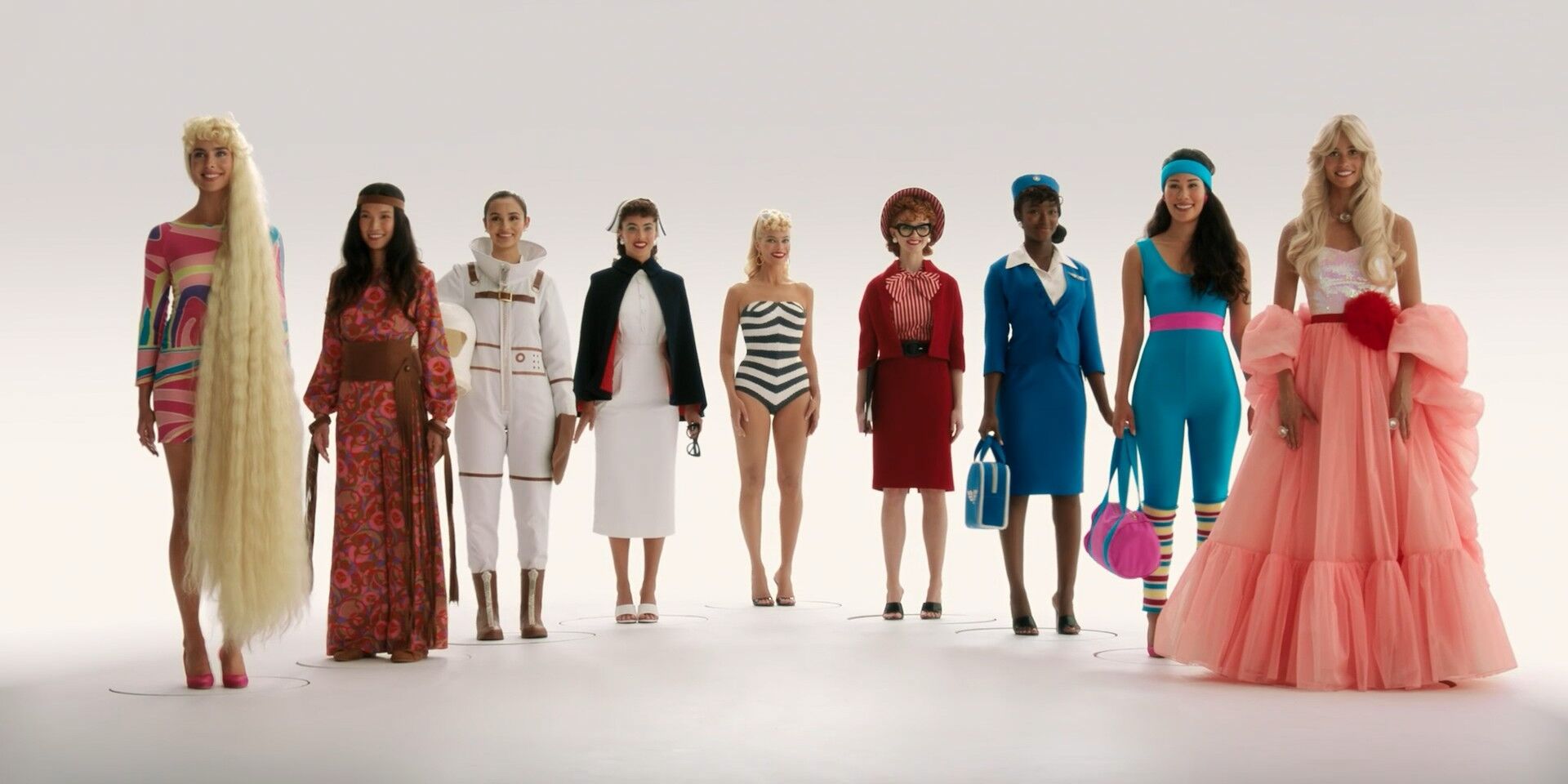Group shot definition
What is a group shot?
A group shot is a framing technique where multiple characters (typically four or more) are captured together within the same shot. Often used to establish social context or highlight collective action, group shots provide a broad overview of relationships and dynamics within a larger ensemble.
Also called ensemble framing, group shots offer a vantage point that balances individual presence with the energy of the whole, whatever that energy may be.
Filming group shots
Group shot examples
Before exploring how group shots operate in storytelling, it’s helpful to see them in context. Browse this collection of group shots to understand how they visually organize multiple characters and convey broader social dynamics across various films.
Highlights the collective over the individual
Illustrates social hierarchy
Captures movement within a group
Balances multiple emotional threads
Usages
What does a group shot in film do?
Group shots can provide a versatile visual strategy to capture multiple characters within a single frame. By including a larger number of people, this framing offers a panoramic view of social dynamics and relationships. The group shot’s perspective can highlight themes like community, division, or hierarchy. Here are a few ways group shots can deepen storytelling:
Community and Solidarity
Showing characters together can reinforce a sense of belonging, especially in a moment when events have an impact on the collective.
Weakness in Numbers
Framing a character surrounded by many others can emphasize isolation or claustrophobia, despite the obvious physical closeness between them.
Power Structures
The arrangement within a group shot can visually convey who holds influence, who wants to have influence, and who might be marginalized.
Visualizing Order
Composed groupings reflect harmony, while crowded or scattered groups feel chaotic, mirroring the emotional or narrative state of the story.
Group shot differences
Group shot vs. wide shot
Group shots and wide shots are distinct filmmaking tools that serve different visual and narrative functions, even though they can sometimes overlap. A group shot specifically focuses on framing multiple characters within the same scene. The main purpose is to showcase social dynamics, relationships, or collective action among those characters.
A wide shot, meanwhile, refers primarily to the framing’s scale and spatial context rather than the number of characters. It captures a broad view of the environment or scene, often including whole bodies and much of the surrounding space. Wide shots can feature one person, a group, or even an empty location.
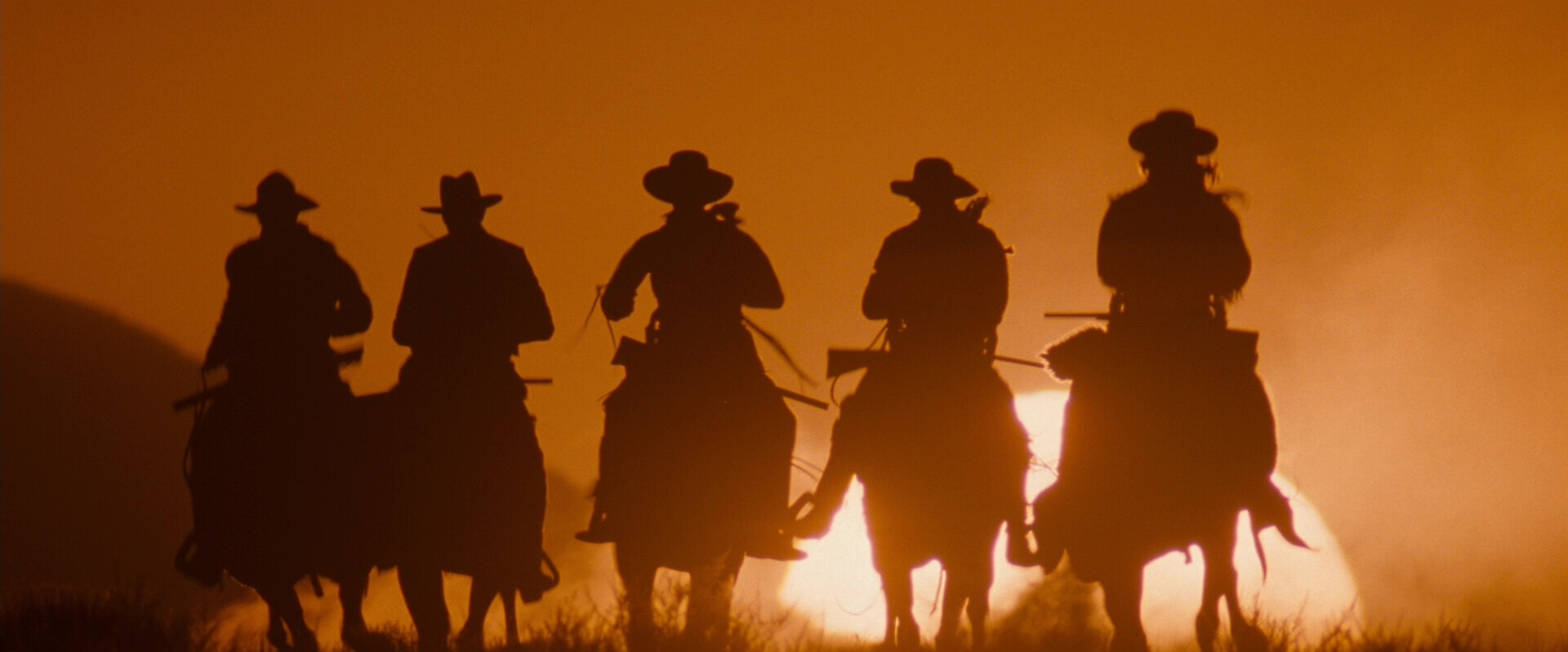
Case Study
Shot listing a group shot
So how can you use a group shot in a scene? There’s a million answers to this question, but one lies in this scene from 300. As King Leonidas contemplates submission to the enemy, he glances around at groups of his people.
Click the shot list below to see how a group shot is used to show the stark isolation of a group of characters.
There’s no single formula for framing a group shot. While it often captures multiple characters at once, its impact depends entirely on how it's staged and why it’s used.
Let’s explore the many ways group shots can shape narrative, reveal relationships, and bring energy or tension to a scene.
Creative combinations
How can you combine a group shot with other camera techniques?
How to pair a group shot
Group shots are just one of many visual strategies available to filmmakers, and they become even more expressive when used alongside other techniques. Blending group composition with movement, framing, or focus can reveal cinematic elements in new ways.
Here’s how group shots can interact with other tools:
- Dolly Movement: Moving toward or away from a group can shift the emotional weight of the scene.
- Pan: Sweeping across a group gradually reveals each character, building rhythm and revealing hierarchy or alignment.
- Zoom: Zooming in on part of a group draws attention to one area or individual so that we can consider their role.
- Crane Shot: Elevating above a group can turn social interaction into visual geometry, highlighting order, chaos, or movement patterns.
- Wide Shot: Combining a group shot with a wide frame helps establish the characters’ placement within a larger environment & social context.
Frequently asked questions about the overhead shot
To shoot a group shot, frame four or more characters within the same composition, making sure the blocking allows each person to be visible and meaningful. Use careful staging, lighting, and camera placement to balance the frame and avoid visual clutter.
Group shots highlight social dynamics, power structures, collective emotion, just to name a few. They're useful when the scene is more about group energy or relationships than individual focus.
Use group shots when the scene involves multiple characters interacting, reacting, or simply occupying a shared space that matters to the story:
- Introductions or gatherings
- Group decisions or confrontations
- Social events or moments of unity/division
Not necessarily. While group shots are often wide to fit everyone in the frame, they can also be a medium shot or even a close-up if the subjects are tightly arranged. The key factor is the number of people, not the distance.
